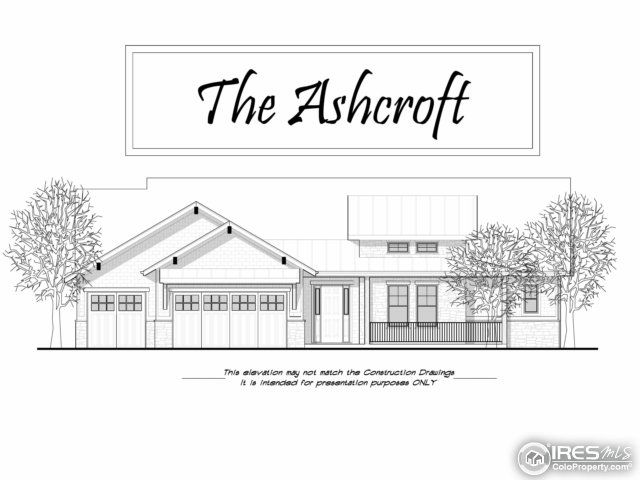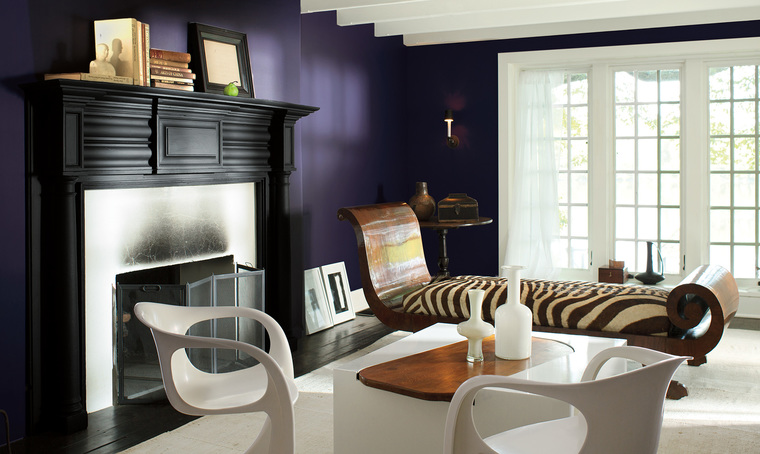Gardening Trends For 2018

Outdoor living during the spring and summer months is extremely popular. Months of cold, wet winters are followed by glorious spring colors and warm summer days of vivid blue skies. In this post, we thought that now would be the best time to share some pretty garden trends for 2018.
Wabi-Sabi

Leisure time should be just that: relaxing and rejuvenating. So why labor relentlessly to create and maintain a perfect landscape? Wabi-sabi, is the Japanese art of accepting transience and imperfect beauty. Relax and appreciate nature as it is, with humble imperfections, weeds and all. Recognize (and tell others) that dandelions and clover in untreated lawns are not blights. They are status symbols for ecological horticulture. Consider natural grasses and groundcovers as low-maintenance substitutes for sod. Opt for perennials instead of annuals, let flowers go to seed and give nature license to evolve on her own.
Reclaiming Small Outside Spaces

For many of us these days, space is at a premium and with house prices continually on the rise, more and more people are living in apartment blocks or tiny lots. Garden designers are determined to make even the smallest of spaces useful and attractive, and manufacturers have taken notice. Look for a better choice in planters that slot onto balcony rails. New models will have coverings for protecting plants from cold temperatures so that you can even grow seeds and vegetables on your balcony alongside your flowers.
Self-watering wall planter systems have been improved for 2018 and the hanging macramé plant holder is having a bit of a revival. Add a small patio heater and you have an outside space you can enjoy all year round with minimal effort.
Purple Passion

Pantone’s Ultra Violet is the color of the year. Maybe that’s why you find purple flowers in this year’s plant varieties and garden design. It’s easy to incorporate this color in the garden as there are many flowers and shrubs with this beautiful color. However, there are also several edible purple plants that you can grow. Purple vegetables are not only interesting and pretty, their unique color denote anthocyanins which are very beneficial to your health.
Re-Wilding

This is a style that keeps popping up time and again. However, 2018 has taken the re-wilding trend up another notch. It is still all about working with nature, growing wildflowers and supporting our pollinating insects. Re-wilding means adjusting plant selections to better support local wildlife and growing both seed-producing and berry-bearing plants. However, now it is also about using ‘green’ gardening products, natural solutions to bug and slug killers instead of chemicals and insecticides and using peat-free products.
Alfresco Living

Outdoor entertaining and kitchen areas are tipped to be a key trend for Spring/Summer 2018. We are not talking about a little nook corner just off the kitchen. Alfresco dining spaces are being pushed out into the garden itself and made into a major feature. These dedicated outdoor dining areas are surrounded by in-ground and container plants for that lush feeling. Special flooring, comfy furniture and mood lighting turn it into a little haven. Complete the trend with a sunken fire pit, barbecue or pizza oven and you might never want to leave.
Lighting The Way

Adding lighting to your garden is not a new thing. However, in this age of renewable energy, garden lighting companies are turning away from the more traditional lighting solutions we have seen in the past. The advances in solar energy capture, means that we can light up our gardens in a variety of fun, affordable and better ways. No more changing batteries or wiring up the garden with electricity.
The wide range of lighting methods allows you to create whatever ambience you want. Simple stand-alone lights can mark pathways, either discreetly embedded into the path edges or standing loud and proud along the side. Multi-colored fairy lights can be tangled among the overhead branches of a tree creating dazzling shapes and textures. Solar Mason jars can be hung from above or used as table lighting. Festoon lights can create an ambient glow around any outdoor space creating romantic nooks.
Windermere and Zillow Economists Come Together To Discuss Housing


Earlier this week, nearly 200 Windermere brokers came together at Windermere’s monthly luxury breakfast at Overlake Golf Club in Medina, WA. The featured speakers were Windermere Chief Economist, Matthew Gardner, and Zillow Senior Economist, Skylar Olsen. Matthew interviewed Skylar on a number of topics related to the housing market and economy, including interest rates, inventory levels, Millennials, and where they predict Amazon will open their second headquarters (they both are betting on Austin, TX).
The two economists discussed the overall health of the housing market. Both predict sales to soften a little this year, but still remain strong overall. When asked about interest rates, Skylar stated that she believes they will land just below 5 percent by the end of 2018 and rise to around 6 percent by early 2019. They noted that luxury home prices have slowed a little in certain cities, with the exception of places like Seattle and San Francisco, where the economies and job growth are very strong.

On the opposite end of the spectrum, Matthew and Skylar addressed first time buyers – and more specifically – Millennial home buyers. Both say this generation will play an increasingly important role in the health of the housing market, but their biggest obstacle is saving enough money for a down payment. Skylar stated that more than 25 percent of first time buyers end up borrowing from the “bank of Mom and Dad” in order to be able to afford a home. With rapidly rising prices in many cities across the US, both agree that there probably isn’t much relief in sight in the near term for these buyers.

It was an honor to have two such well-respected economists on hand to provide their insights into the housing market. For more information about Matthew Gardner, and to read his analysis of regional markets throughout the Western. U.S., please visit: https://www.windermere.com/economics.
What You Should Know About Load Codes for Your Home Project
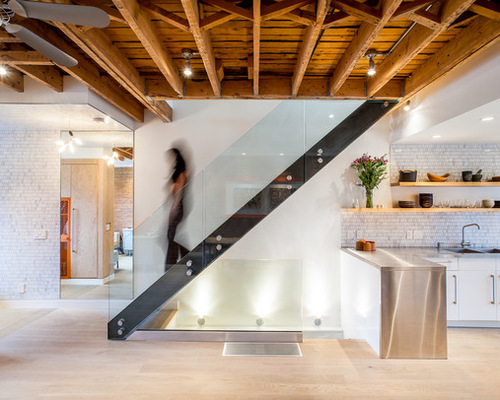
Anyone who has built, designed or remodeled a home has heard the term “built to code” and people saying, “The code requires it to be like that.” And when we hear things like this, we tend to think we’re getting a house designed and built to the highest standard.
But that’s not necessarily so. What the building codes do is establish an absolute minimum standard. This minimum may not be what you need in your home. You could, in fact, easily have needs that require the design and construction of your home to exceed code.

Load Codes 1: Wanda Ely Architect Inc, original photo on Houzz
This is especially the case when it comes to structural items. While the code mandates that structural systems be designed to support certain minimum loads, and to do so within certain tolerances, these minimums and tolerances may not be what you actually need. Who wants to live in a house where the floors are so bouncy that you feel like you’re walking on a trampoline? And what happens when you decide to move a water bed into the bedroom next to that stack of heavy books you cherish? Will you need to have your floor joists doubled up under that big soaking tub you are planning?
It’s wise to think about particular situations like this and look at the code mandates as a starting place, not the finish.

Load Codes 2: Bud Dietrich AIA, original photo on Houzz
Weight Loads
Building codes establish many project requirements, not the least of which is the project’s structure. This holds true no matter what material the house will be built of. And a key to designing a structural system is to determine what loads, or weights, will be imposed.
So we first have to look at what the house will be made of (wood, concrete, steel, masonry etc.) to determine the dead load — the weight of materials used in the permanent construction of the house. Note that it doesn’t include items like furniture, people, toys, books, television sets etc. and will vary only a little bit over the lifetime of the house.
Next we use the governing building code to determine what the minimum live load — the impact of movable objects such as furniture and people — will be. For example, per code, the main living areas of a house have to be able to accommodate a uniform live load of 40 pounds per square foot. Bedrooms have a code requirement of 30 pounds per square foot, and roof structures have a varying live load, depending on climate (more snow equals more weight) and roof pitch (steeper roofs will shed snow faster).

Load Codes 3: Bud Dietrich AIA, original photo on Houzz
But the code-mandated uniform loading may not accommodate all of your furniture and books, that large cast iron soaking tub, your water bed etc. So you’ll want to identify any items that this code-mandated requirement won’t accommodate and design the structure accordingly. Otherwise, the extra weight of these items can cause the structure to fail.
When we say a structure has failed, we don’t necessarily mean the house has collapsed. Failure can simply mean a part of the structure has failed so there’s too much deflection. This will result in uneven floors, gaps between walls and floors, and so on.

Load Codes 4: Bud Dietrich AIA, original photo on Houzz
Deflection
Deflection is the distance that a structural member (say, a floor joist) will bend when a load is placed on it. The greater the distance, the more the deflection and the less level the floor.
In addition to holding up a certain load, a structure has to stay rigid and keep its shape. But that’s nearly impossible, as any structure will start to deflect the moment any load is placed on it.
The code requires that this deflection be limited to L/360, where L is the length of the unsupported span. This means that for a floor structure that spans 18 feet (not uncommon in newer homes with open floor plans), the maximum allowable deflection is 0.6 inches.
In other words, a floor can sag more than a half inch and still be deemed OK. So some architects and engineers will use L/480 to calculate the allowable deflection. For an 18-foot span, using L/480 would limit the amount of deflection to 0.45 inches.
While the difference between 0.6 and 0.45 inches may seem insignificant, it really isn’t when it comes to a floor structure that gets walked on all the time.

Load Codes 5: LDa Architecture & Interiors, original photo on Houzz
If you’re designing or remodeling a house, have a conversation with your architect and builder about what you plan to put into your home and how the structure will accommodate it.
By Bud Dietrich AIA, Houzz
10,000 Short
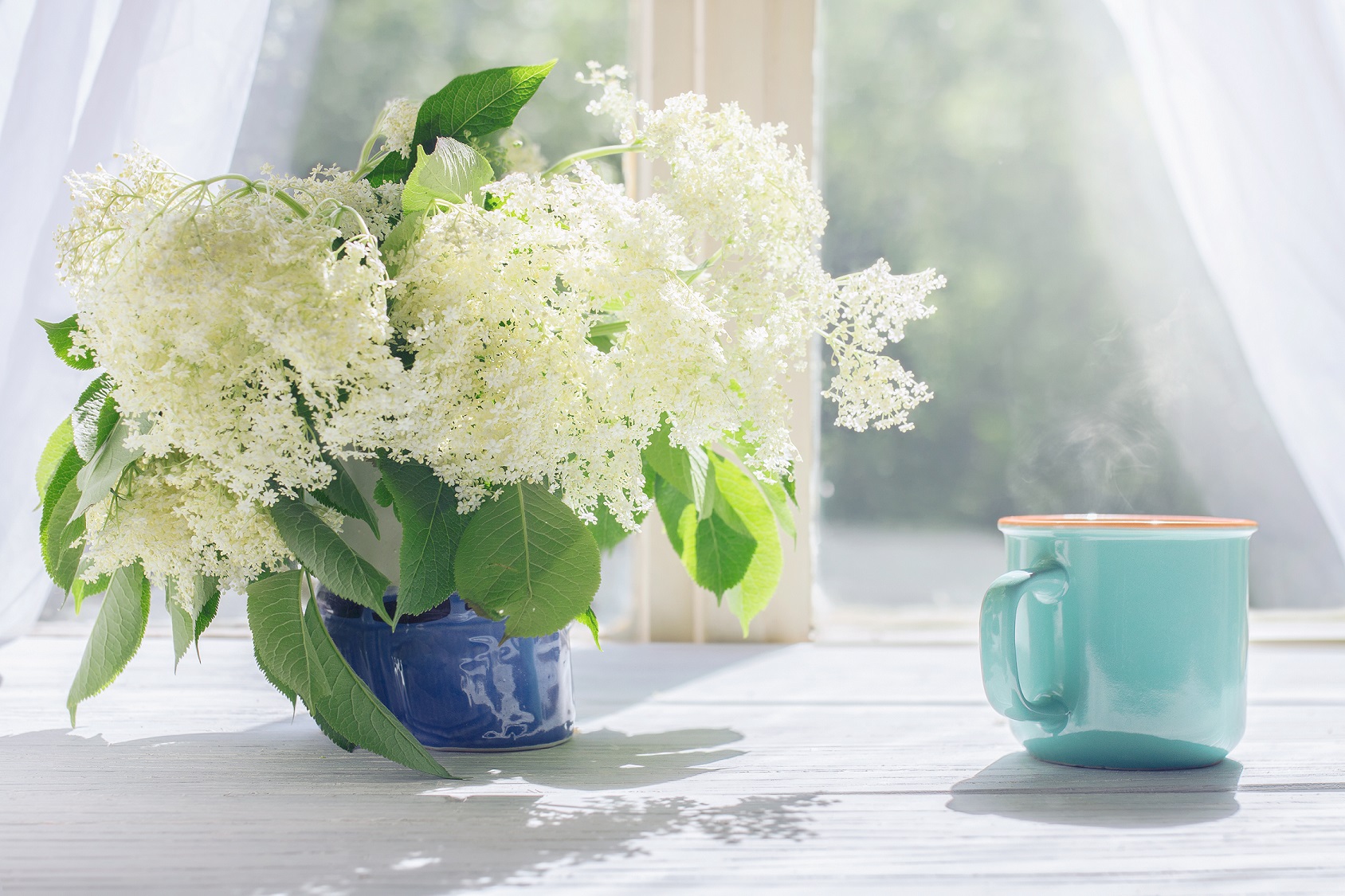
Northern Colorado isn’t the only place with limited inventory.
Metro Denver is short by 10,000 listings.
The average number of homes for sale for this time of year in the Denver area, going all the way back to 1985, is 14,309.
Right now there are 4,084 residential properties on the market. This is a difference of 10,225 listings compared to the long-term average.
The peak was 2008 when there were 25,037 listings. The lowest year was last year with 3,878 (a drop of 21,159 in 9 years?!).
The good news for buyers is that inventory is up 5% compared to last year. Another piece of good news is that the Spring tends to produce the highest amount of inventory for buyers to pick from.
I’m Ready To Downsize But How Do I Start?


By June Griffiths
Are you thinking about downsizing but don’t know how to make the tricky transition work? How do you buy a new place before you sell your current home?
You are not alone as many homeowners have the same concerns. They want to embrace a new lifestyle, take advantage of our ever-increasing values, and lock in a smaller home or condo in an area that they covet.
Below are some creative solutions that may help you make your dreams come true too. Keep in mind that everyone’s financial profile is different. One option might not work for you while another one will. It might even be a combination of a few of these.
Here are a few ideas:
HELOC – Home Equity Line of Credit. If you have enough equity in your current home, you may be able to get a HELOC to get a down payment for a conventional loan or to buy the new property outright.
Bridge Loan – These loans can bridge the gap between buying and selling. You can typically borrow up to 65% of the equity in your home with a maximum loan of $500,000.
Margin Loan – most individuals can borrow up to 50% of the balance in their liquid investment accounts (retirement accounts cannot be used). These loans are generally cheaper than a bridge loan and have no major tax implications.
IRA Rollover – Most retirement funds allow a 60-day rollover of funds. It’s very important to know that these funds must be replaced into the retirement account within 60 days or you may incur significant penalties and taxes.
Making a move, whether you are buying a larger home or downsizing out of your now empty nest, is a big decision. You’ll want the best professionals to help you. Ask your real estate agent to put you in touch with a lender who will help evaluate your financial situation and customize the best options for you.
June Griffiths is a Managing Broker in the Windermere Issaquah office and has worked in real estate since 1989. She can be contacted at june@windermere.com.
How are inventory shortages impacting the housing market?
The shortage of homes for sale has been a major concern for buyers and real estate agents over the last few years. Windermere Chief Economist, Matthew Gardner, explains the impact these shortages are having on the housing market.
February Home Maintenance Checklist
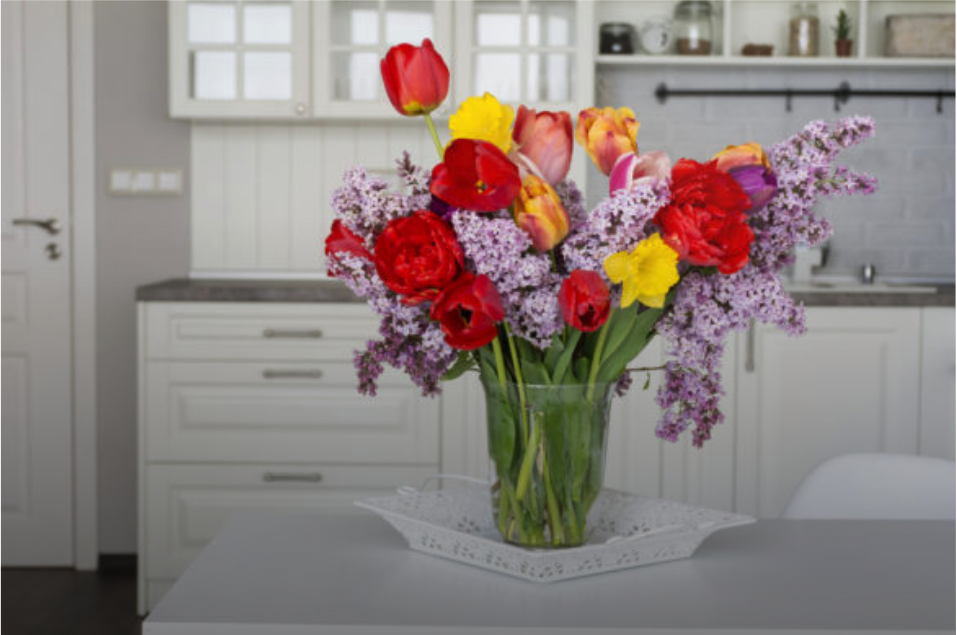

It’s February – winter’s not over yet, but spring is right around the corner. If you have cabin fever from being inside, cleaning and freshening up your house can help you get through this last month of winter and be ready to get outside when spring arrives.
Once you check these items off your to-do list, you’ll be able to relax by the fire with a good book and enjoy the last few weeks of winter.
- Mop entryway floors. Clean your floors regularly to prevent damage from road salt and melting snow. Place a basket of old towels near the door to wipe up water and salt as soon as it is tracked inside.
- Rotate or flip your mattress. Extend the life and comfort of your mattress by flipping or rotating it. At the same time, vacuum box springs and the mattress to eliminate allergy-causing dust- mites.
- Organize your laundry room. Scrape dried-on laundry detergent from the ridges in your washer. Throw away laundry products you never use and replace damaged sorting bins.
- Clean out your spice cabinet. Throw away expired spices and other seasonings, which may not only lose their taste, but could harbor mold and bacteria.
- Sanitize hand-held devices. Prevent germs that cause the spread of colds and the flu by disinfecting your phone, remote controls, tablets, as well as your door and cabinet knobs.
- Dust blinds, ceiling fans and fixtures. Wipe down or use a feather duster to remove the dirt that builds up on blinds, ceiling fans, light fixtures other small electronics.
- Add color to your table. Treat yourself to some fresh flowers to add cheer to your kitchen table while waiting for spring blooms to make their first appearance.
- Plan your summer vacation. Reserve your vacation home now to get the best selection of available properties. Start your planning today at Long & Foster’s Vacation Rentals website.
 Facebook
Facebook
 X
X
 Pinterest
Pinterest
 Copy Link
Copy Link

